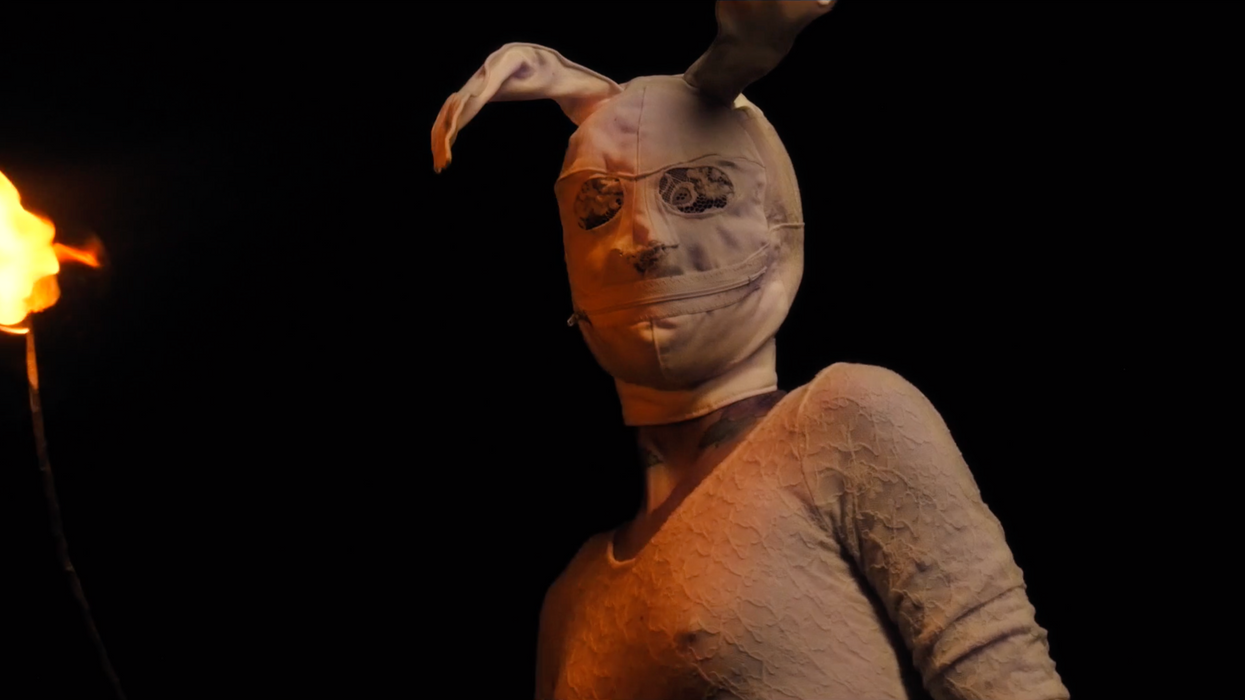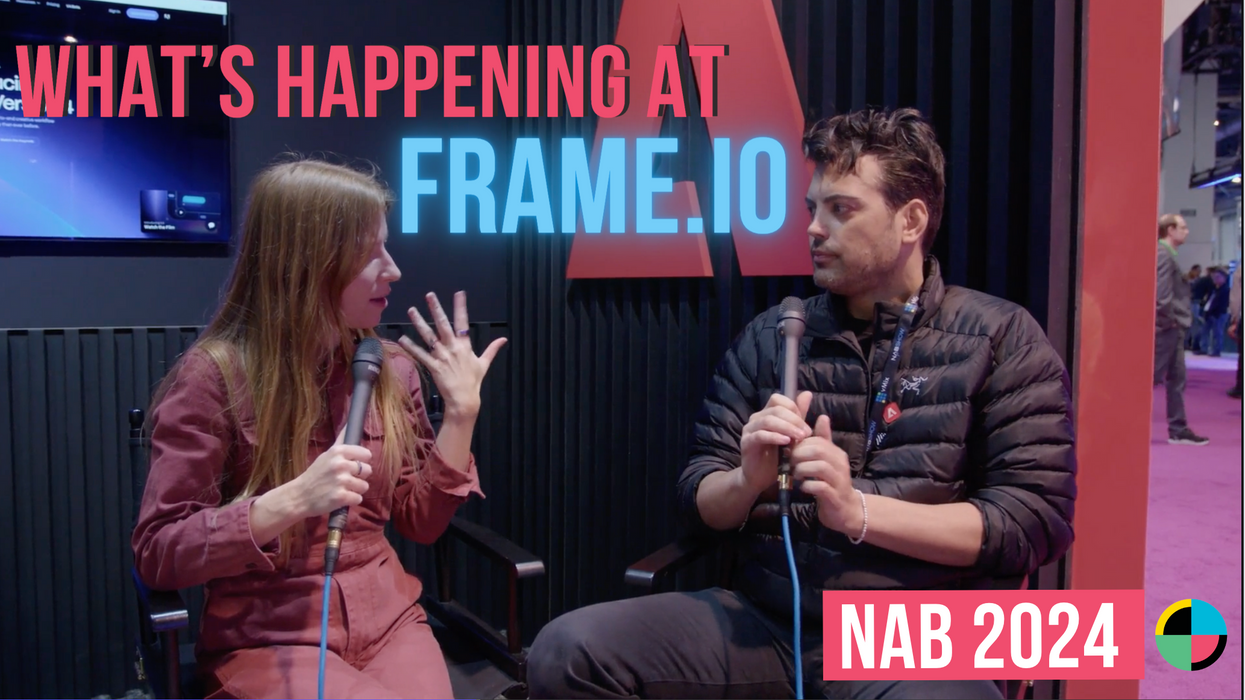How to Make Movies Where There's an Active Volcano
Learn how I made a movie in a place that had more volcanic activity than filmmaking activity.

Creating a film at any level can feel like a hopscotch marathon as you jump from one challenge to the next. When you’re shooting a micro-budget, DIY feature in a remote area, the challenges are magnified tenfold. As a regional filmmaker based out of rural Hawaii, I’ve learned a lot about making films in a place with no industry presence...and an active volcano.
I live and create in a district on Hawaii Island known as Lava Zone One, where I’ve created three micro-budget features in the last five years, including my latest, Stoke. As it turns out, the challenges of working in a small town can be tailored to your advantage, and even the drawbacks of an isolated, volcanic island in the middle of the Pacific can work in your favor.
Here are a few insights on making it work without major (or any) industry presence.
Use What You Have
Ideally, this starts on the page, but it doesn’t need to. What unique asset does your area have that no one else does? Can you build a story around it or work it into a scene? Do you have access to an old amusement park or abandoned shopping mall? An iconic landmark? A unique vehicle?
My feature Stoke centers around a tourist visiting the Kilauea volcano, and the story was inspired by my community’s complex relationship with the volcano itself. When writing, my co-director Phillips Payson and I began with the volcano and moved from there. In addition to an active volcano, Hawaii Island has 11 of the 13 climate zones, so we turned Stoke into a road film to build out a lush, diverse world for the film to exist in.
Be Respectful
Permission and permits are easier (and cheaper) to acquire in a small town than an industry hub. Be sure to do so before you shoot. The last thing you want is to alienate or infuriate your hometown audience, who can later act as a built-in fanbase. Our local film commissioner was happy to help us pull permits for most of our public locations for free, but shooting near the volcano was another thing entirely.
Our original story called for a final scene at the mouth of a lava ocean entry point, which was, pre-2018, a rogue, wild-west tourist attraction accessible by foot off our main highway. Seemingly in the middle of nowhere, the location technically sits on the edge of Volcanoes National Park, which as it turned out, has strict "No Shoot" rules. So after months of processing, our permit was denied just two weeks from our start date.

Remain Flexible
With our scripted ending scrapped just two weeks from production, it was hard not to panic. A local fixer urged us to shoot in the park under the radar, which would have gotten us the footage we wanted but would have been disrespectful of our local culture and community — the very antithesis of what we were exploring with the film.
To navigate, we rewrote the final scenes to access the lava area by boat, which both avoided park jurisdiction and allowed us to hire a local Hawaiian tour boat company to play themselves in the actual film. The end result was much better than what we could have captured on land, proving flexibility can be a major boon.
Rent Houses, Not Hotel Rooms
AirBnb-style lodging setups are really the root of the summer camp vibe. Find a big old house that can fit your cast and crew. Relationships and creative energy will build when there aren’t separate hotel rooms to return to, but you’ll need to build your cast and crew accordingly. Avoid mid-production mutiny by being completely upfront about accommodations in advance.
While your project will benefit from name actors and notable above-the-liners, be sure you have the budget to support them. If they’re used to an assistant and their own trailer, they will likely not be down for a summer-camp style set.

Rent Vans Instead of Cars
A squad of rental cars can be pricey if you live in a tourist destination where cars can run upwards of $50 a day. Instead, aim for privately owned vans. Is there a youth group or school not currently in session? Do they have a 15-passenger van laying dormant?
For Stoke, we found a nearby circus (yes, circus) school on break and rented their 15-pass van to house our crew for the duration of our shoot. Obviously, make sure you’re properly insured.
Involve the Community
When you live in an area that sees only a handful of films every decade, folks tend to be more excited to lend a hand than in an industry town. Involving your community early on will not only build a hometown audience, but will also open doors to locations, props, and eager assistance. Since Kilauea is a spiritual element in Hawaiian culture, this meant getting story notes and feedback from the local Hawaiian community in our development stage, and involving the Hawaiian community in the film's making-of featurette.
Our team was able to shoot a portion of Stoke on sovereign Hawaiian land by explaining the themes and premise to the residing Hawaiian family and getting them onboard. Some of the family members even ended up playing themselves with small speaking roles.

Reimagine Locations
Small towns tend to be close-knit, and it may be easier for you to find a local business owner interested in having their space featured for a reasonable rate. Can you swap that swanky bar scene for a low-key ice cream shop or gas station?
We shot one of our first scenes in a mom-and-pop coffee shop owned by an acquaintance, and later returned to the space as a screening venue, so be sure to be respectful while shooting and maintain connections through post.
Hire a Chef
Small towns don’t typically have catering companies that can accompany fast-moving crews at odd hours -- but a chef can.
Hiring a chef on a day rate to follow our crew around ended up being more affordable and less stressful than trying to locate mom-and-pop eateries that could accommodate us. Our chef followed us to various Airbnbs, met us on locations with lunch, occasionally cooked full meals using a propane grill, and even fed us out of my home, which we used as our HQ during our three weeks of production. Remember: your chef doesn’t necessarily need to be a professional, so long as they have experience cooking for a crew. Our set chef had experience feeding a fleet of farmers twice the size of our crew, so we knew she could handle the job.
Trade your Skills
Success in micro-budget filmmaking resides outside the dollar. We needed an interior location for two days, two nights, and one massively messy pillow fight scene. We couldn’t afford to rent a house and had to look for crafty solutions.
I pay my bills as a copy editor, so I found a nearby novelist with a sweet house, and we traded location access for an editorial pass on her latest novel. She’s still finding feathers in her furniture.

Do you have any unique insights for making your feature on a micro-budget? Leave them in the comments!
Zoe Eisenberg is a writer, producer, and director located on Hawai’i Island, as well as the co-founder and Executive Director of the Made in Hawai’i Film Festival.
'Stoke' was shot in 2017 over 15 shoot days with a rogue team of 12 to 19 cast and crew members, depending on the day. The film is available now on Amazon.












